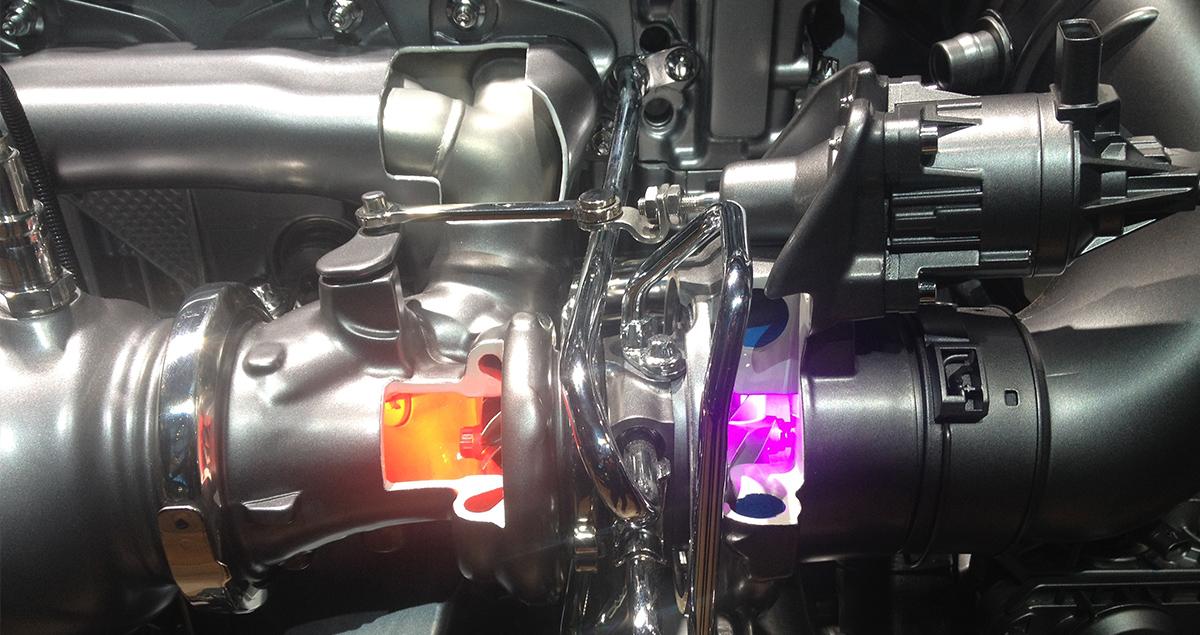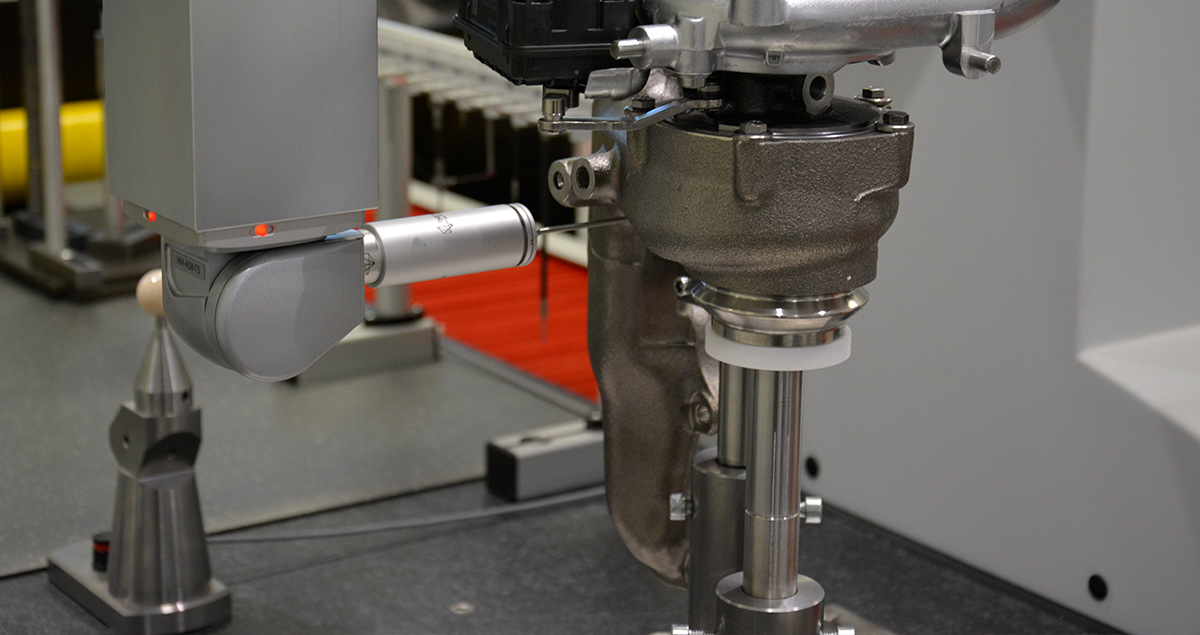The new golden age of turbochargers

The term turbocharger evokes images of motor racing and powerful performance cars. But it’s a technology that has long been a common feature of many modern road vehicles.
Fitting a turbocharger adds to an engine’s efficiency by reusing the energy within exhaust gases to deliver additional drive from the same amount of fuel.
That increased efficiency means less carbon dioxide is produced overall, making cars greener. And it is those green credentials of the turbocharger that mean demand is likely to keep growing.
In fact, analysts from Transparency Market Research predict 10.1% market growth in cars fitted with a turbocharger by 2024.
The long view
Invented in the early 20th century, turbochargers were first used in the 1920s to improve the performance of marine and early aircraft engines. From the late 1970s, they were being fitted to diesel trucks to improve fuel usage.
From there, the technology moved to diesel cars, and later gasoline-fueled vehicles.
Growth has been particularly strong over the last two decades, thanks to the vital role that turbochargers play in saving energy and reducing emissions from standard internal combustion engines.
According to a working paper by The International Council on Clean Transportation, the global market share of turbocharged cars has been rising by around 3% each year since 2010. Projecting this rate of increase forward would mean a third of the world’s cars will be fitted with turbochargers by 2020, rising to nearly half by 2025.
Less is more

For carmakers, the fuel efficiencies ‘turbos’ provide means that they can downsize combustion engines.
Six-cylinder engines can be substituted with turbocharged four-cylinder engines, for example. Smaller engines reduce fuel consumption and exhaust emissions, while increasing driving performance.
This means that car manufacturers can respond to the growing regulatory pressures around the globe to reduce carbon dioxide and nitrogen oxide emissions – not to mention appeal to ever more environmentally-conscious customers.
There is consensus among car manufacturers that downsizing will provide one of the most important ways to cut the emissions of tomorrow’s vehicles. Industry forecasts see the sale of 3-cylinder vehicles to double by 2020 while share of 6 to 8-cylinder vehicles is set to decrease.
The combination of strict emission legislation and rising fuel prices have already led to heavy demand for turbocharged vehicles in Europe, where the market is now mature.
But more demand is expected from emerging markets such as China where the number of vehicles on the road is surging. This is also combined with more stringent environmental regulations in both the US and Asia, cementing the trend of global growth for turbochargers.

The road ahead
Environmental regulations are also at the heart of another transformation in the automotive market: the rapidly growing diversity of vehicle power trains – the mechanisms that convert an engine’s power into movement.
And manufacturers are now developing ways to use turbo technology on new vehicle types including electric hybrids, battery-powered electric vehicles and fuel cell cars.
One example is a range extender developed by Mitsubishi Turbocharger. Based on turbocharger technology, this device provides electric vehicles with a compact backup power source when the battery runs flat. This will address a key concern of customers when it comes to committing to buying electric vehicles – ‘range anxiety’.
There are also further innovations underway to enhance new types of power trains, such as electrically-assisted turbochargers for hybrid vehicles, and air compressors for fuel-cell powered cars, to name a few, all based on turbo charging technology.
As the market continues to evolve and create new challenges, the automotive industry will need to devise innovative solutions that drive the market forward in the coming years. What’s clear is that turbochargers are set to remain a key part of the future automobile story.




